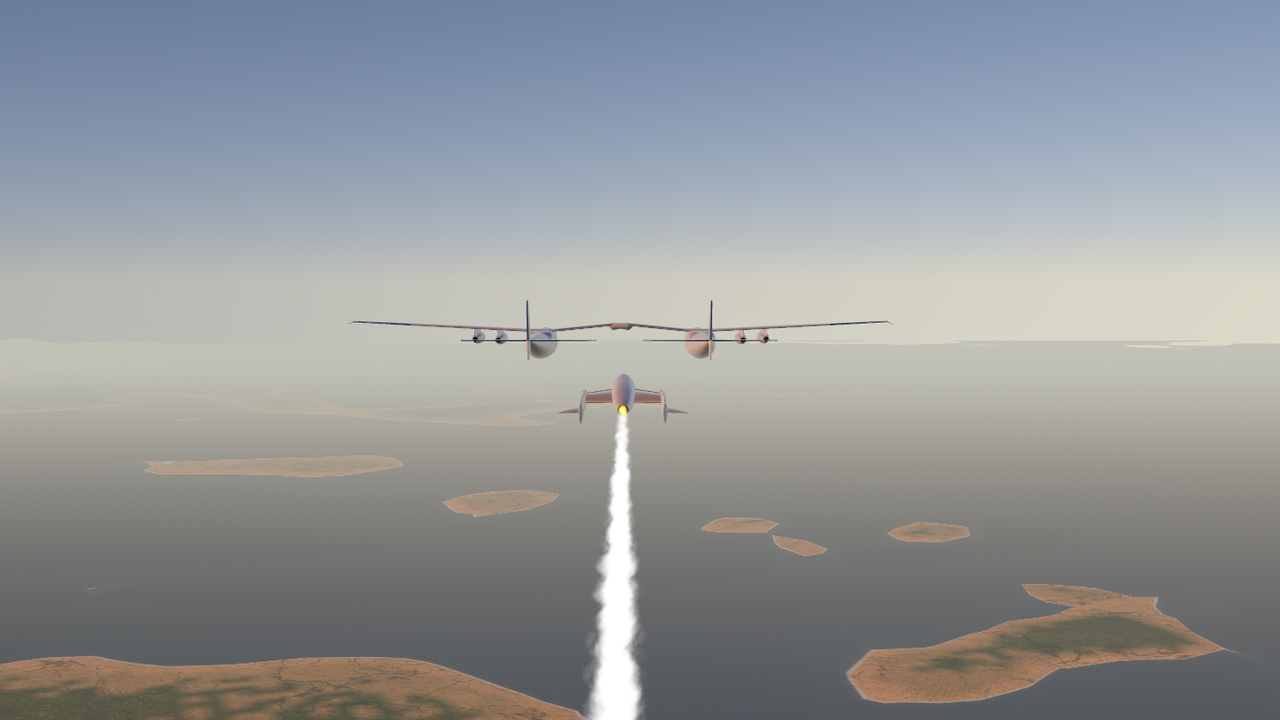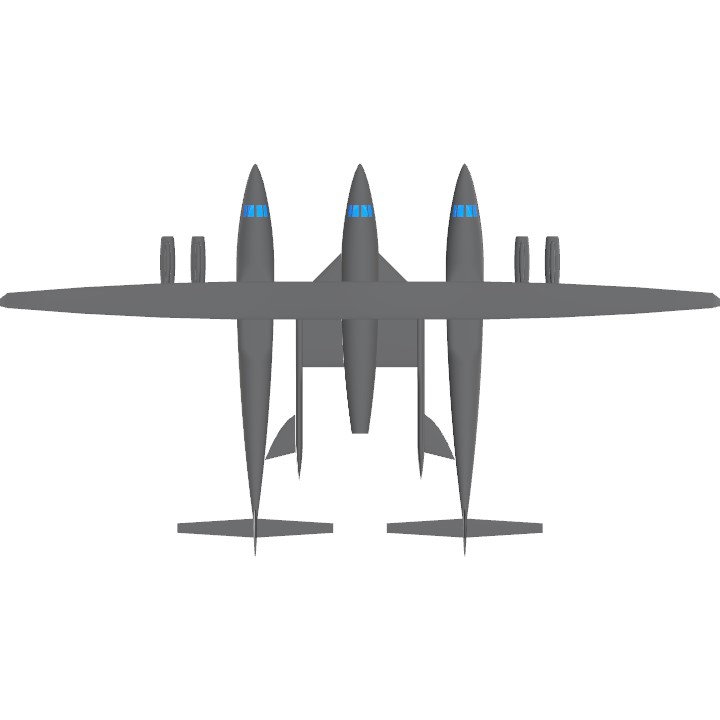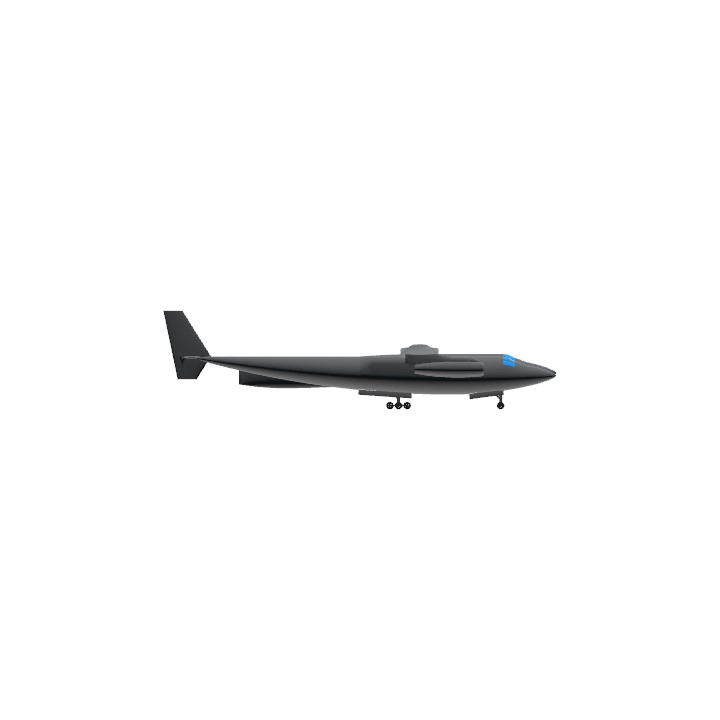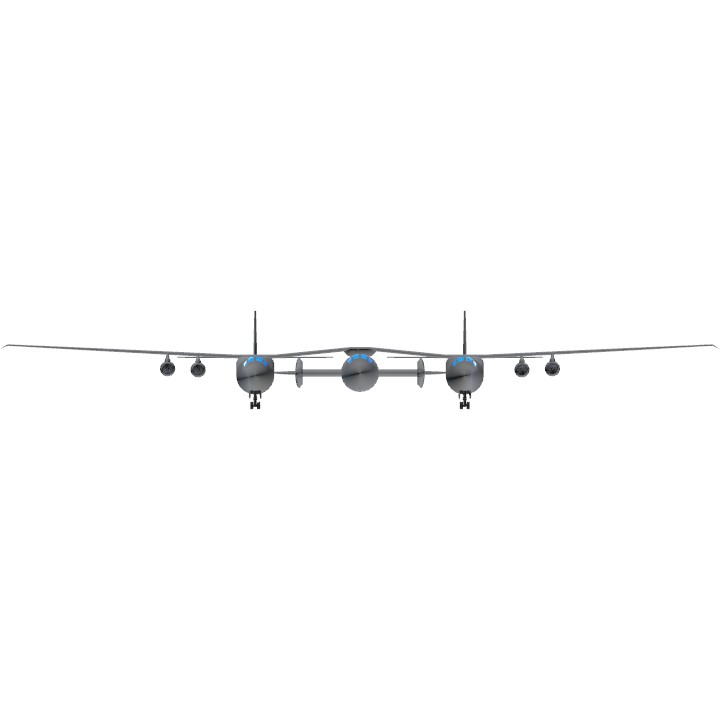Please read the flight manual and controls before flying.
SS Venture Full Demo Flight (Video)


Overview: the G300 is a rocket powered spaceplane capable of suborbital flight, and is the first aircraft developed by Venture Composite to be capable of passing the Karman Line. The G300 is carried by the G200 aerial launcher aircraft, which is also the design counterpart to the G300, up to an altitude where the spaceplane can be launched. Both the G200 and G300 share many design characteristics with the Scaled Composites WhiteKnightTwo and SpaceShipTwo.
FLIGHT CHARACTERISTICS
Maximum Airspeed (Launcher)(TAS): 650mph, 1046kph, 565knots.
Maximum Airspeed (Spaceplane)(Reentry Velocity)(TAS): 2700mph, 4345kph, 2346knots.
Maximum Altitude (Launcher): 55,000ft, 16,764m.
Maximum Altitude (Spaceplane): 375,000ft, 114,300m.
Takeoff Airspeed (Launcher)(With Payload)(IAS): ~160mph, ~258kph, ~139knots.
Landing Airspeed (Launcher)(With Payload)(IAS): ~150mph, ~241kph, ~130knots.
Landing Airspeed (Spaceplane)(IAS): ~160mph, ~258kph, ~139knots.
Controls:
- VTOL: Spaceplane Pitch Trim.
- Trim: Launcher Pitch Trim.
- Activate1 (Launcher): Jet Engines.
- Activate2 (Launcher): Airbrakes.
- Activate3: Switch Controls Between Launcher/Spaceplane.
- Activate4: Release Spaceplane | Rocket Engine Ignition | Toggle RCS.
- Activate5 (Spaceplane): Rotate Tail Booms (Feathering).
- Activate6 (Spaceplane): Landing Gear.
- Activate8 (Spaceplane): Magnet Clamps.
Used for holding the missile in place.
Deactivate after the missile has finished its fuel burn.
FLIGHT MANUAL
- Activate jet engines.
- Begin full-power takeoff.
- Begin 10 degree climb after takeoff until 20,000ft (6,096m).
- Reduce climb angle to 5 degrees after 20,000ft (6,096m).
- Reduce/Increase climb angle by 1-2 degrees as needed for airspeed (if needed).
- Once altitude is between 42,000-45,000ft (12,802-13,716m), level out and switch controls from the launcher to the spaceplane. The launcher will enter autocruise mode.
Allow airspeed to increase. - Detach the spaceplane. Do not adjust pitch until the rocket engine ignites. The rocket engine will automatically ignite after 5 seconds.
- Slowly and steadily increase pitch angle to 80 degrees. Maintain this angle until the rocket engine shuts off. Do not make any roll/yaw inputs.
- Once the rocket engine shuts off, rotate the tail booms and begin a slow pitch-up maneuver. Continue this maneuver until the pitch angle is around -30 degrees (nose down).
- Once the spaceplane begins reentering the atmosphere, do not give any control inputs.
- Once the spaceplane has decelerated and altitude is at/below 50,000ft (15,240m), return the tail booms to the default position.
- Begin a shallow glide back to a runway.
- On final approach, deploy the spaceplane's landing gear.
- Perform a gentle touchdown and apply brakes immediately.
NOTES
- These aircraft were tested on high physics. The same performance and functionality is not guaranteed on medium/low physics.
- Performing roll/yaw maneuvers while the spaceplane is climbing may result in control loss.
- I recommend using joystick/mouse control, but keyboard-only control should work fine.
- This is my most complicated project to date. You may need to play around with it a bit to get used to it.
- The climb performance was based on what little information I could find on WK2's performance and Virgin Galactic's footage. The aircraft will take a while to reach launch altitude, and that is an intentional aspect. Please do not submit a complaint about this unless you have information that suggests the climb performance is significantly inaccurate.
GALLERY





Specifications
Spotlights
- Freerider2142 1.9 years ago
- PPLLAANNEE 1.9 years ago
- TheGliderGuy 1.9 years ago
- Icey21 1.9 years ago
- L1nus 1.9 years ago
- Dragoranos 1.9 years ago
- WINGSIRONAVIATION 1.9 years ago
- HuskyDynamics01 1.9 years ago
- MrCOPTY 1.8 years ago
- MAPA 1.9 years ago
General Characteristics
- Created On Windows
- Wingspan 155.0ft (47.3m)
- Length 84.7ft (25.8m)
- Height 21.2ft (6.5m)
- Empty Weight N/A
- Loaded Weight 70,653lbs (32,048kg)
Performance
- Power/Weight Ratio 0.636
- Wing Loading 35.9lbs/ft2 (175.2kg/m2)
- Wing Area 1,969.5ft2 (183.0m2)
- Drag Points 4134
Parts
- Number of Parts 630
- Control Surfaces 0
- Performance Cost 3,012





Today marks one year on SP.com, and I would like to thank everyone who has supported me over the past year!
I would also like to thank the people who gave feedback and support on my most complicated project to date!
Autotag: @MrCOPTY
Autotag: @0k
Thoughts or suggestions? Let me know!
(Please read the description before submitting a complaint/bug report.)
It's a real life plane
So, I’m out of fuel.. what now…? /j
VSS Unity and WhiteKnightTwo
@DashEight Greetings from the other side!
I saw you testing this on MP, lol
@TheFlightGuySP How much is the training? (Joke obviously)
Congratulations man!
@TheTomatoLover Well, the cost covers the flight training and the specialized custom-fit suits that they give out. Afterwards you're a certified astronaut!
@TheFlightGuySP ah, nice! I had no idea if the hehe Virgin’s would do that.
Also, who the heck is going to buy that? Haha… I would…
If i could.
@TheTomatoLover Thanks! Yes, this is actually a real thing, hosted by a company called Virgin Galactic. They've just started doing commercial spaceflights (you can buy a ticket for around 450,000USD).
Here's a recap video of their most recent spaceflight.
@TheFlightGuySP congrats!
Also, been waiting for someone to mention this legend of a plane idea. Has it been made yet? It’s been a while since I learned of this concept.
3.. 2.. 1 release release release
@HuskyDynamics01
@NARGII
@ToeTips
@Brayden1981
@TimsonAviation
@Neruneten21
@Mrghostlol
@MAPA
@KtaAviation
@100
@ThatRandomCouchPotato
@AlivePan